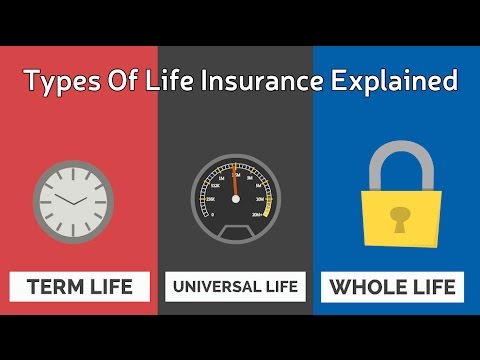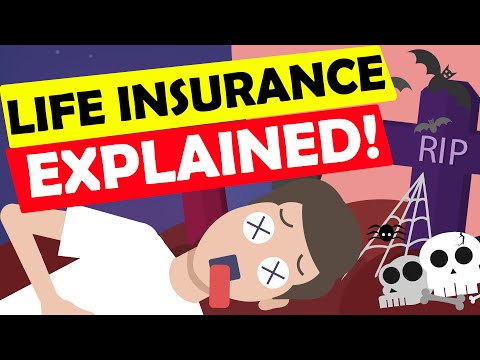How to Choose a Term Life Insurance Plan | 5 Steps for Selecting Best Term Life Plan
In this video, we tell you how you can about choosing a term life insurance plan. A step-by-step guide that covers things like till what age should you have the cover and how to evaluate add-ons.
To know how to calculate your term insurance cover in greater detail, watch our video here: https://www.youtube.com/watch?v=0FGLvHQXcM4
To buy term insurance from top insurers in just a few taps, download the ETMONEY app. https://etmoney.onelink.me/unJQ/b8aebfc4
————————
No. 1 – Identify your needs and the term insurance coverage you seek
Your term insurance coverage should broadly assess how many financial resources your dependents will need to have to provide for themselves if you were to meet an untimely death.
And the best way to get started on this is to grab a piece of paper and do the following –
1. Estimate your dependent family’s monthly expenses and multiply it by 150 times. This multiple of 150 factors future inflation and is a good way to start the process
2. Add your liabilities on account of home loans, credit card bills, personal loans, etc.
3. Deduct any liquid assets that you already have like fixed deposits, stocks and mutual funds
4. Add your expenses planned on account of important life goals that are likely to happen in the next 15 odd years like your children’s higher studies or their children’s marriage etc.
5. And finally, add the retirement corpus you want to leave for your spouse on his/her retirement
The total of all these will help you arrive at how much of the term insurance cover one should be endeavoring for.
No. 2 – Determine the tenure of your plan
Once you know how much cover you need, it’s important to determine till what age you need the cover for. You don’t want the tenure to be too little as your policy might lapse before you are done with your financial obligations. You also don’t want the tenure to be too high because the premium charged from you will be high on account of the higher tenure.
A very good and scientific way of estimating the right tenure for your term insurance plan is to determine by what year will your liquid net worth i.e. the total investments you have in mutual funds, provident fund, stocks etc. after subtracting your liabilities will be more than the life insurance requirement we had calculated earlier. The age at which these two numbers coincide will be the age until which you need coverage because post that your assets will take care of your dependents upon your demise.
No. 3 – Target to achieve the highest peace-of-mind per rupee of premium paid.
The premium is one of the more important factors that need to be considered. Your goal should be to get the highest peace-of-mind per rupee of premium. The reason I use peace-of-mind rather than coverage per rupee of premium is that consumers often value some key intangibles in decision making. This can be things like the stability of the insurance provider or its reputation in the eyes of the policyholder. Since term insurance is a long term contract often running into 30 or 40 or 50 years, it is important for you to be happy with your decision of insurance provider which will be a combination of premium and your perception of the insurer.
Number 4 – Choose your add-ons wisely. Term insurance plans offer riders at reasonable costs which should certainly be considered by you even if it might not fit in your requirements. There are four major riders that are available which are –
Additional cover for death due to accident where an amount in addition to your basic death cover shall be paid if you were to die in an accident
2. Critical illness cover where a lump-sum amount is paid on the diagnosis of one of the listed critical illnesses with the life insurer
3. Waiver of premium on disability where future premiums are waived off if the policyholder is rendered permanently disabled
4. Waiver of premium upon critical illness where future premiums are waived off on diagnosis of listed critical illness.
Number 5 – Broadly look at the Claim Settlement Ratio – Claim settlement ratio attracts a lot of consumer attention as it indicates the efficiency at which the policies are being settled. So, when you see a number of 95% in the claim settlement ratio column, it means 95 out of 100 claims reported to the insurance company were settled.
A word of caution here. The claim settlement ratio is merely an indication and if this ratio is over 95% then the company has been very efficient about settling claims. You really don’t need to go much deeper into it as to see who has a 99% ratio or who has 98.5% ratio.
#BestTermInsurance #HowToSelectBestTermInsurance







![10 Tips for Choosing the Right Travel Insurance for your Trip [ How to Choose The Best Travel Plan?]](https://supermercadonet.com.br/wp-content/uploads/2022/02/hqdefault-389.jpg)


